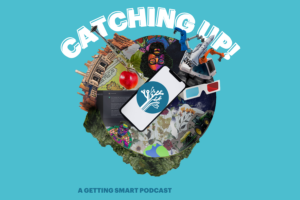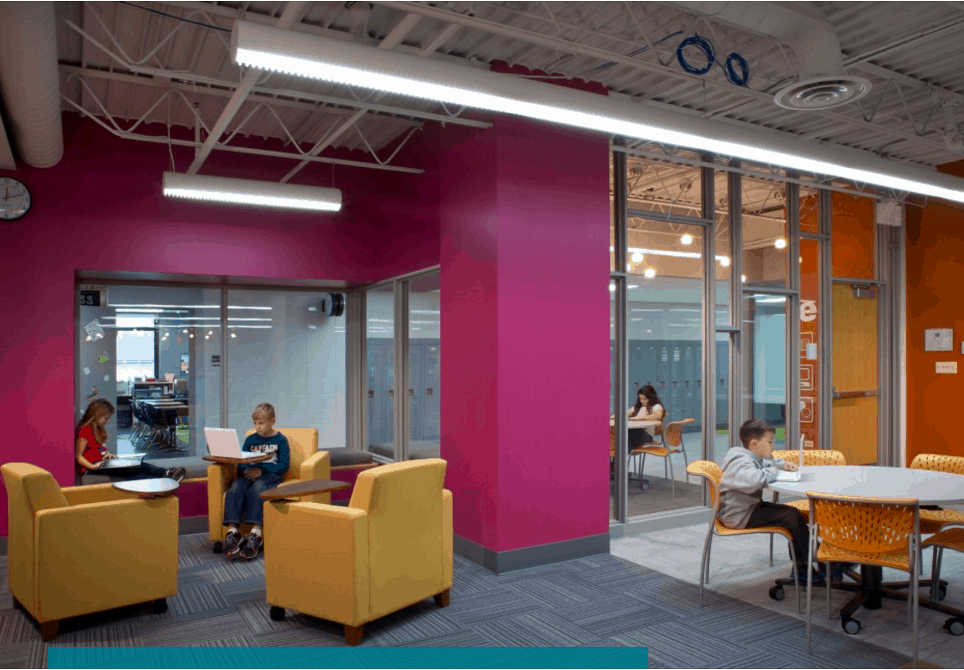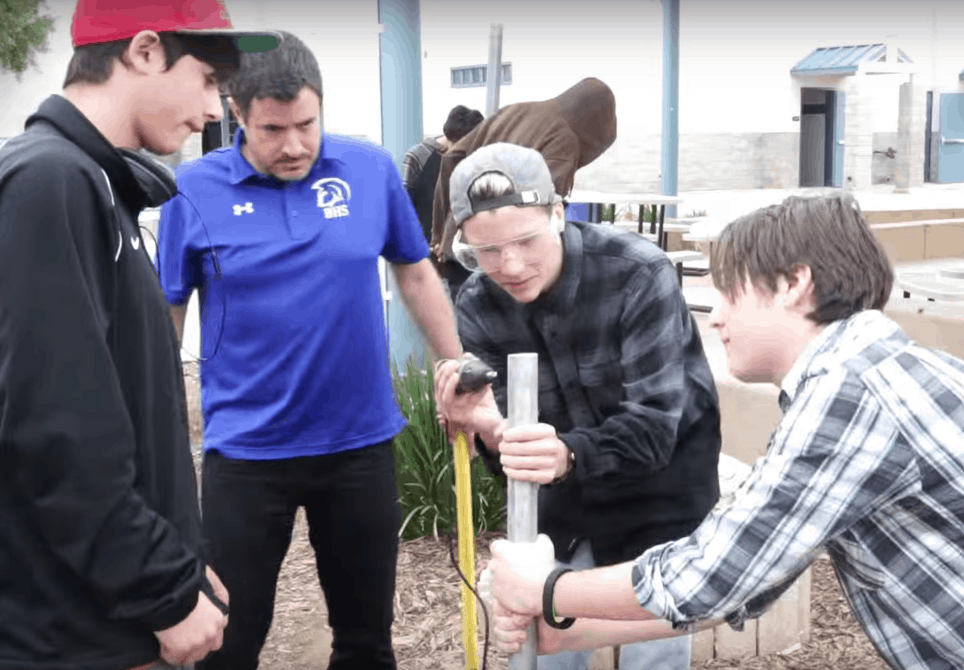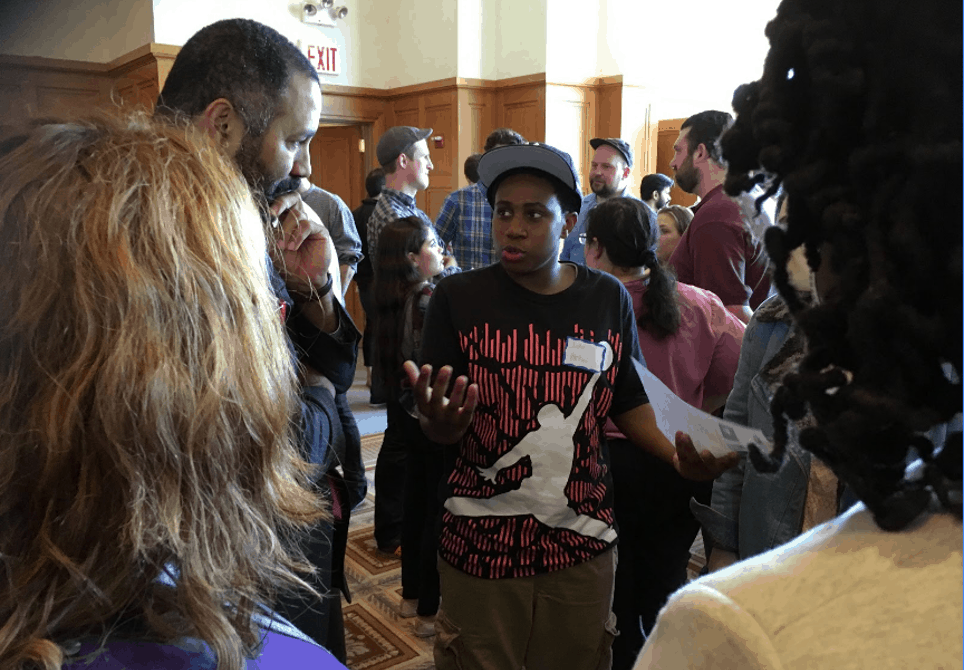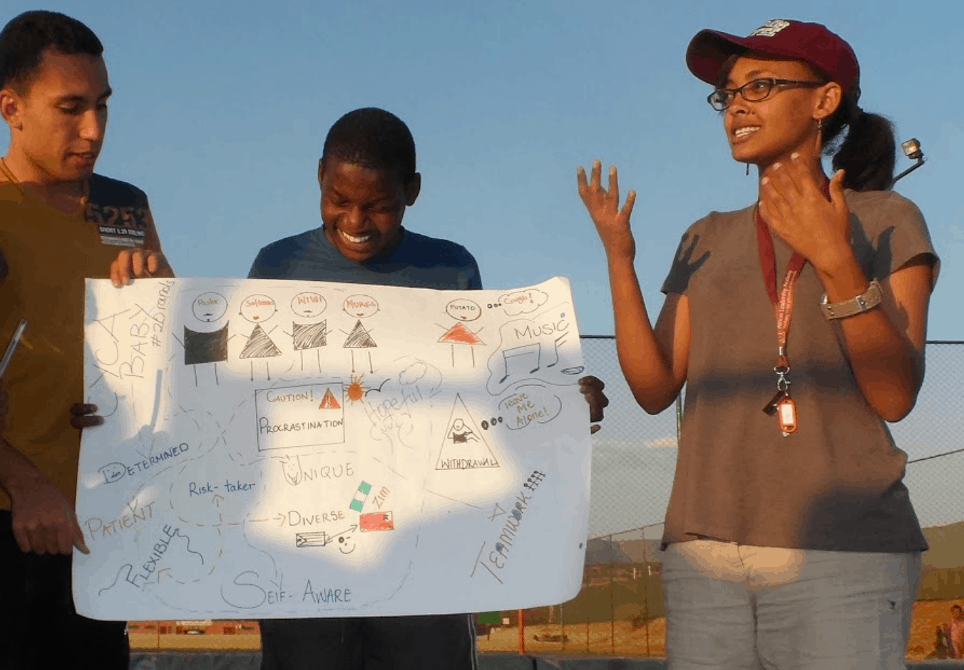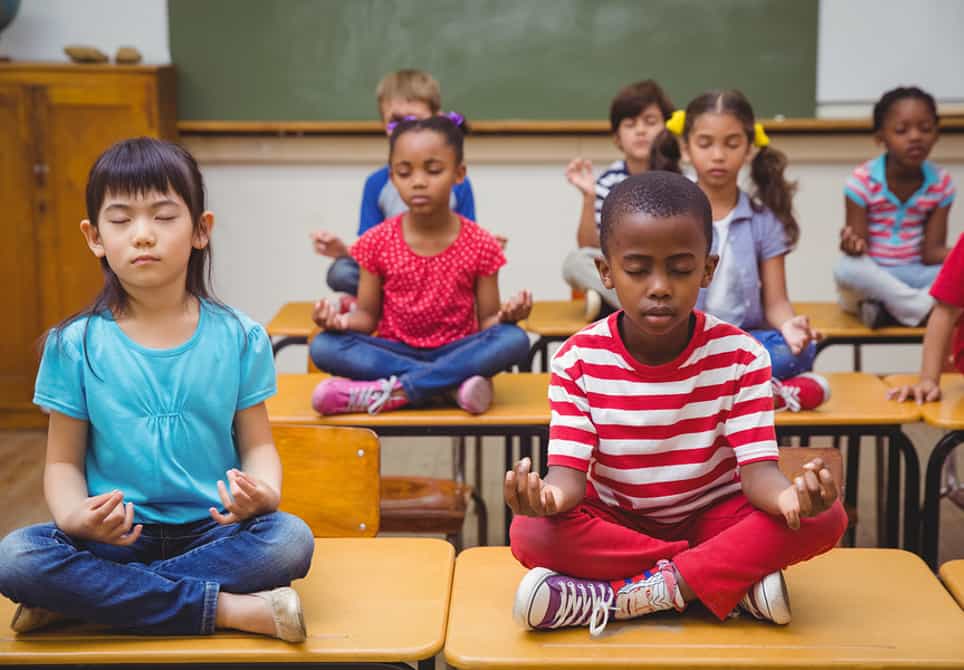Welcome to the Unclassroom
By: Dr. Jan Rashid. Have you heard of unconferences? Here’s how our school district is using flexible learning spaces and 24/7 access to digital content to create unclassrooms--the ever-evolving classrooms of the future.
Project-Based and Place-Based Learning in New Tech Schools
By: Julie McBride. Here are two examples of how New Tech Network schools often engage in project-based and place-based learning experiences that leverage partnerships and community assets for authentic and meaningful student learning.
Catalyzing Mastery-Based Learning: NYC’s Mastery Collaborative
As part of my NYC Mastering Mastery-Based Learning tour series, this blog discusses how the NYC Department of Education created the Mastery Collaborative to support schools ready to take on the new frontier of mastery-based learning.
Managing Students for Success: An Intentional Intervention System
It's crucial for educators to intervene when students are not growing either academically, emotionally or socially. Here are three things I recently learned it's important for all of us to consider when employing intentional student intervention systems.
6 Common Misconceptions About Blended Learning
By: Dr. Tammy Stephens. When implementing blended learning, stakeholders may have preconceived notions about this model of learning. Here are answers to six of these common blended learning myths.
How Stanford Took a Cue from Our School in Africa…and Everybody Won
By: Ryan Findley. Understanding the need to contextualize design thinking for the African context, the African Leadership Academy pioneered the self and cultural awareness design thinking process in African schools.
Successful Content Curation Strategies in Higher Education
By: Blake Beus. Higher education organizations curating content effectively are seeing the benefits of more engaged, connected learners. Here are several strategies for delivering curated content that highered students will value.
Three Toolkits To Help Maximize Student Learning & Engagement
By: Gillian Judson. Since emotion directs learning, but doesn't often take center stage in curriculum discussions, here are three toolkits to help teachers engage emotion with their curriculum content for more powerful student learning.
Cause Marketing for Educators, Eduprenuers & Students
Whether a teacher, school leader or service provider, you’re in the cause marketing business. Cause marketing, in the broadest sense, is a marketing effort for social or charitable cause.
Bringing Mindfulness to the K-5 Classroom
By: Lynea Gillen. There is a definite need to teach children at an early age what mindfulness is and how it can give us the tools we need for dealing successfully with all manner of challenges and difficulties.


